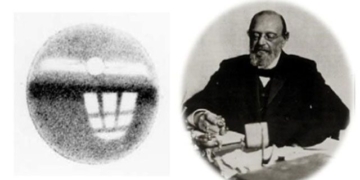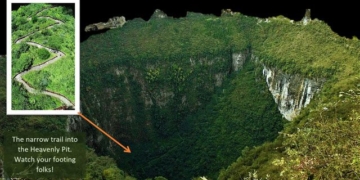The fifth geomagnetic storm of September occurred on the afternoon of September 26 and lasted for several hours at a low intensity.

Geomagnetic storms can disrupt power transmission. (Image credit: Pixabay).
Just two days prior, according to scientists at the National Oceanic and Atmospheric Administration (NOAA), a coronal mass ejection (CME) had swept into Earth’s magnetic field, causing a rare red aurora phenomenon.
Geomagnetic storms can disrupt power transmission, interrupt GPS services, and affect satellite and spacecraft communications. However, they also create stunning auroras in the Southern Hemisphere, with shades of green, purple, and even red.
When a CME interacts with Earth and its magnetosphere, the effects depend on the energy of the collision and the angle at which it impacts the planet.
A major solar storm struck our planet in 1859, at a time when humanity possessed very few electronic devices.
The geomagnetic storm that occurred on September 1-2, 1859, is known as the “Carrington Event.” This was the largest geomagnetic storm ever recorded. The storm was so intense that it produced extremely bright and vivid auroras across the planet.
Residents in California believed the sun was rising early. People in the Northeastern United States could read newspapers at night thanks to the brilliantly bright auroras. Meanwhile, those as far south as Hawaii and central Mexico also observed auroras in the sky.
The event caused serious damage to power lines and limited communications at the time. Telegraph systems worldwide were disrupted. Some telegraph operators reported that they experienced electric shocks due to the geomagnetic storm.




















































